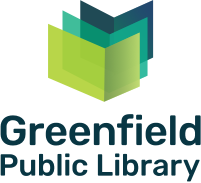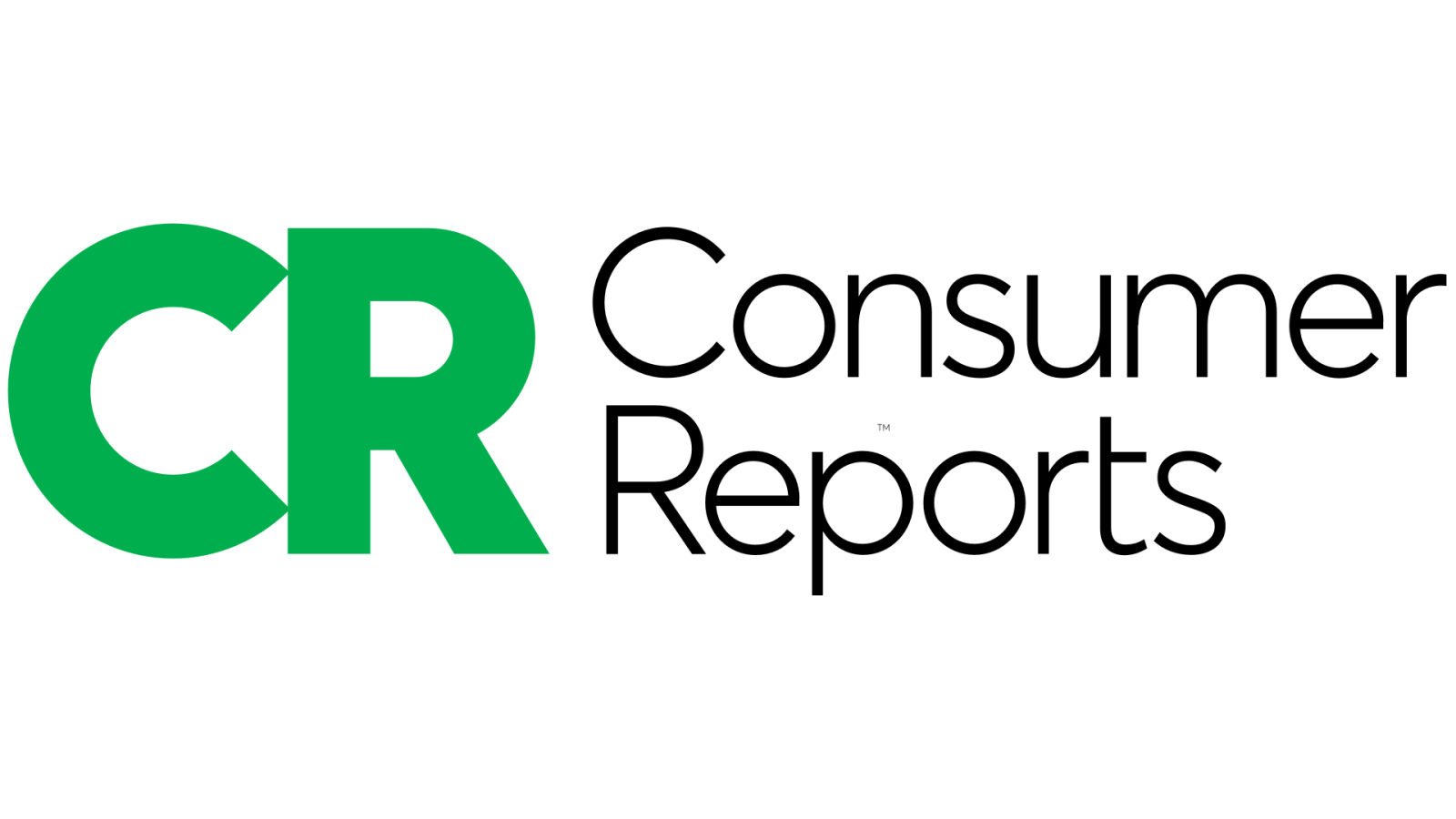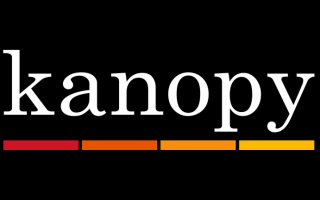1,000 Books Before Kindergarten
Develop your child's early literacy skills, teach them to love books, and prepare them for school by participating in 1,000 Books Before Kindergarten.
How does the program work?
Track books you read with your child and then come to the library after each 100 books read to collect a small prize. When your child has reached the 1,000 books goal, they will receive a book to keep.
Who can participate?
Any baby, toddler, or child age 0-5 years who has not yet started Kindergarten.
How do I register my child?
To sign up and log reading online, visit our Beanstack page. To sign up in-person and log reading on paper, stop by the Children's Desk in the library.
How do I track books I've read with my child?
There are two ways to track the books you read to your child. You can track the books online through our Beanstack page or you can track books on a paper reading log. To track books on the paper log, simply color in one star on the reading log for each book you read with your child. If you read the same book multiple times, you can count it each time. Click here to print reading logs.
How long do we have to complete the program?
You have until your child begins Kindergarten to complete the program. The program runs year-round, so you can complete reading logs at whatever pace is comfortable for you.
What books should I read to my child?
Board books are great for infants and toddlers since they did not rip as easily as regular books. Try picking out books with bright colors and repeating words. Bright colors help establish different shapes and pictures. Repeating words helps create correlation between what your child sees (a picture of a bear) and what they hear (the word “bear.”) Rhyming is also important, since it teaches children how word sounds and sentences work, and also prepares them to make predictions about what will come next. Scroll to the bottom of the page for a list of some of our favorite books.
What should I be doing while reading to my child?
When reading, point to words and pictures that your child can relate to and say them out loud, so your child gets an understanding of what these concepts are. When your child can speak, point to words and pictures familiar to them and ask them to say what they are. As they get older, start asking questions about what is going on in the story, or what they think might happen next. Try to read as a family. Reading is not only a great learning exercise, but a great social exercise as well. But most importantly, just read as much as possible, even if it’s just a few minutes at a time.



